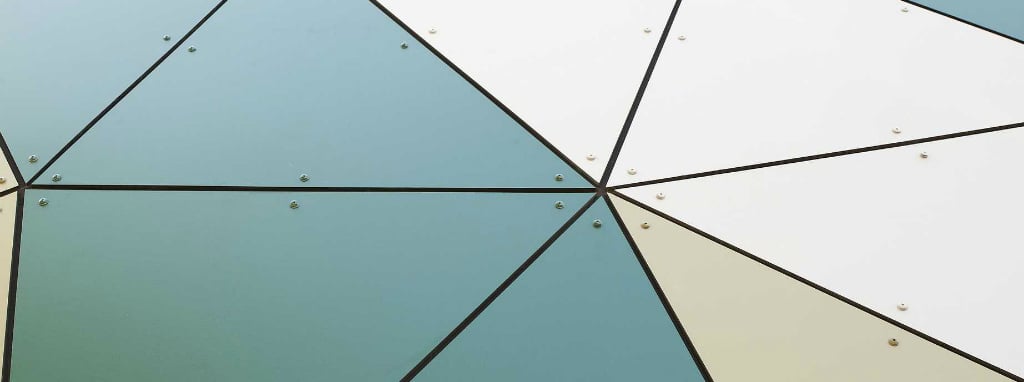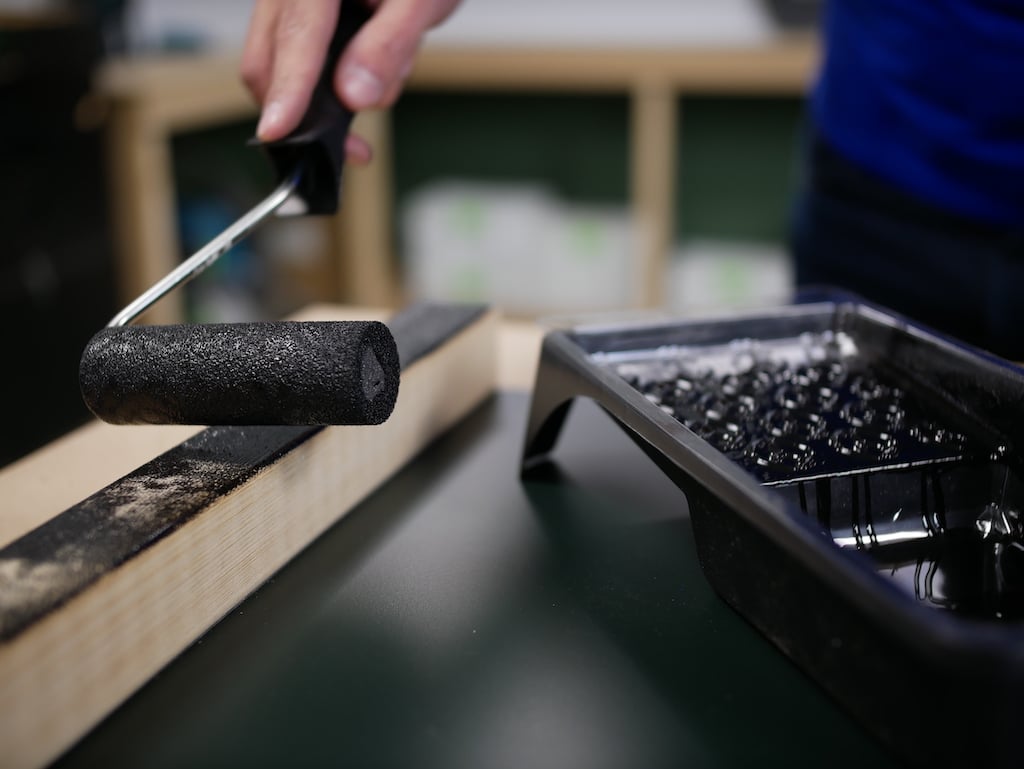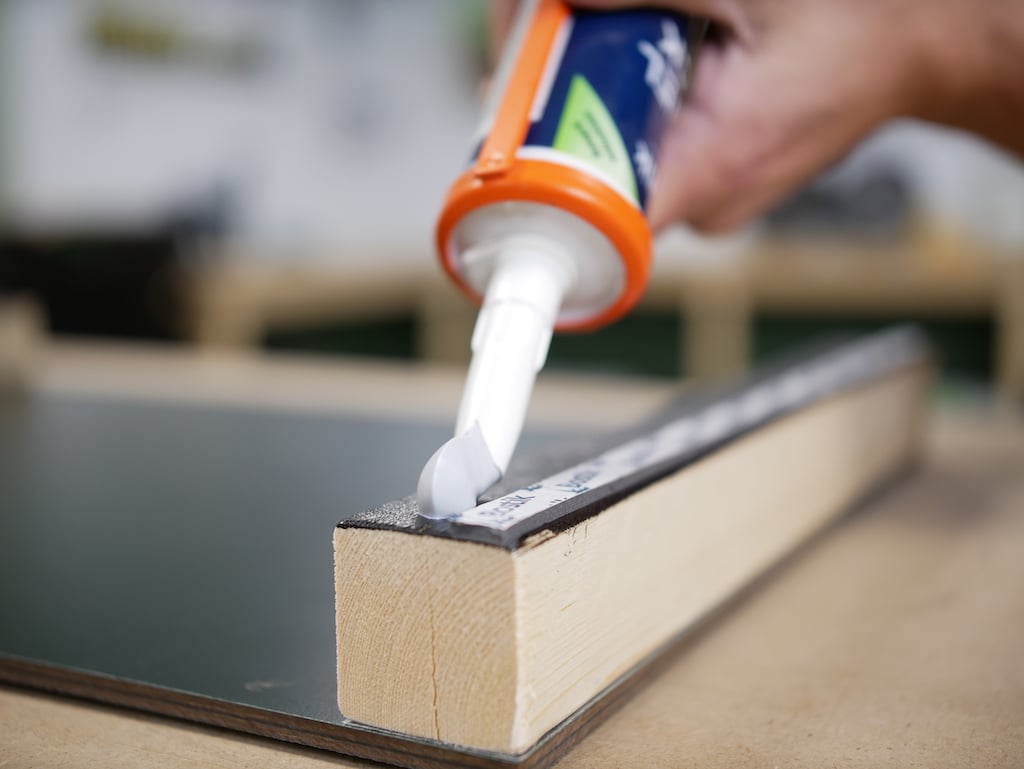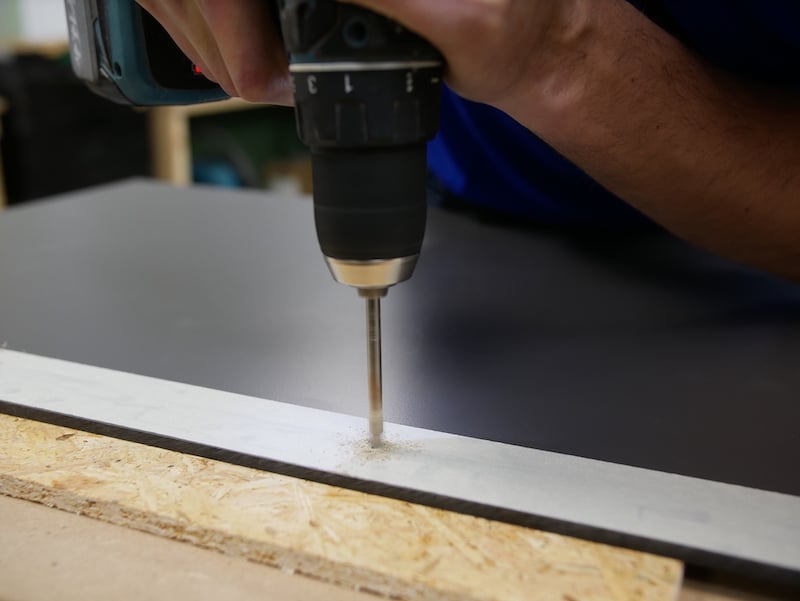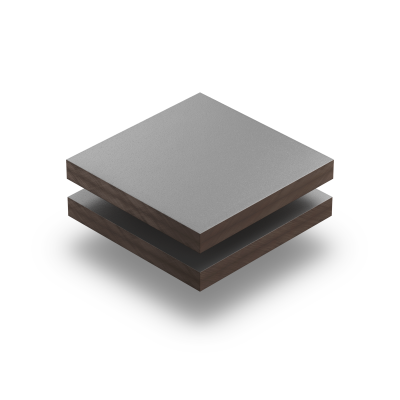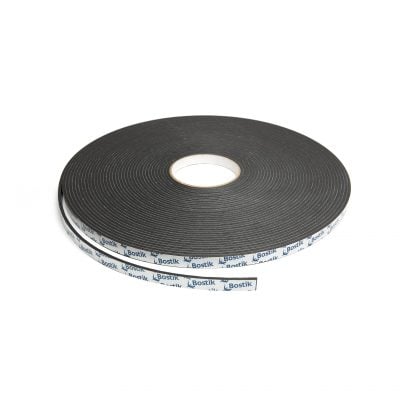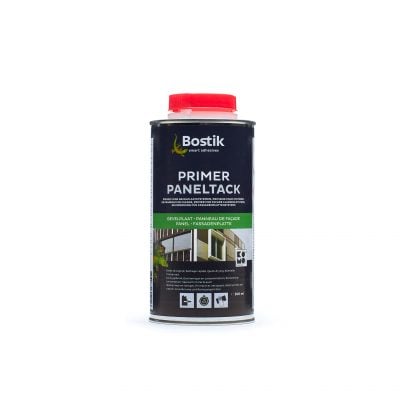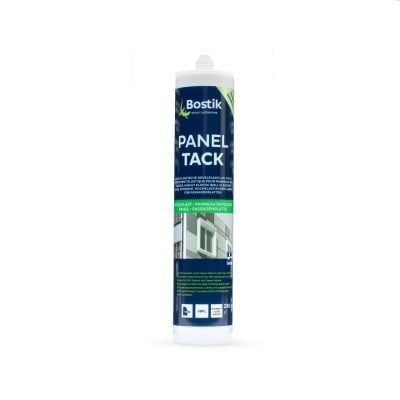Are you installing large sheets and long lengths of Trespa®? Then the Trespa® panels must be ventilated. The underlying construction must also be durable and robust enough. In the article “Replacing plastic fascia parts“, we’ve already briefly explained about Trespa® Meteon fixing systems. In this blog, we’re taking a closer look at Trespa® cladding fixing details when working with large areas. Read our tips before you start!
Trespa® fixing details: adhesive or screws?
There are two Trespa® fixing systems: with adhesive or with screws. Fixing with adhesive is preferred if the surface is completely flat. This method is best for surfaces that you frequently need to clean because dirt can get stuck behind screws.
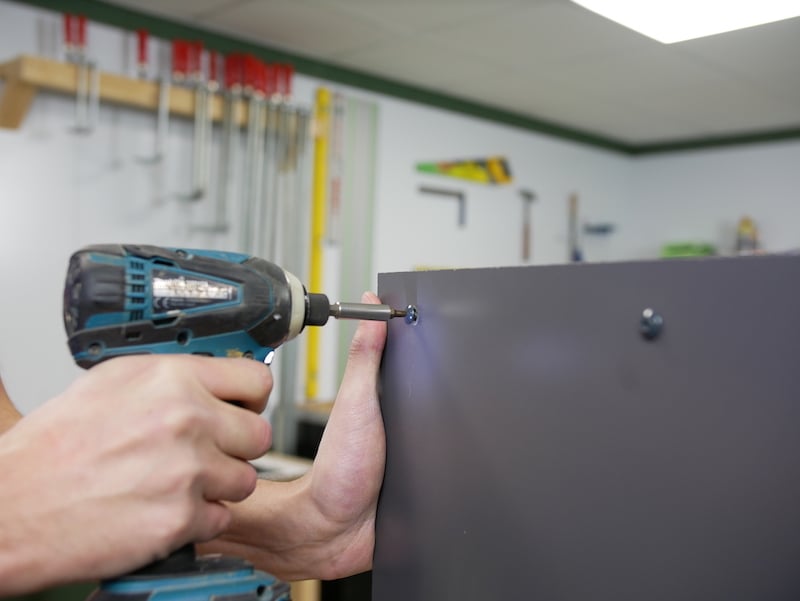
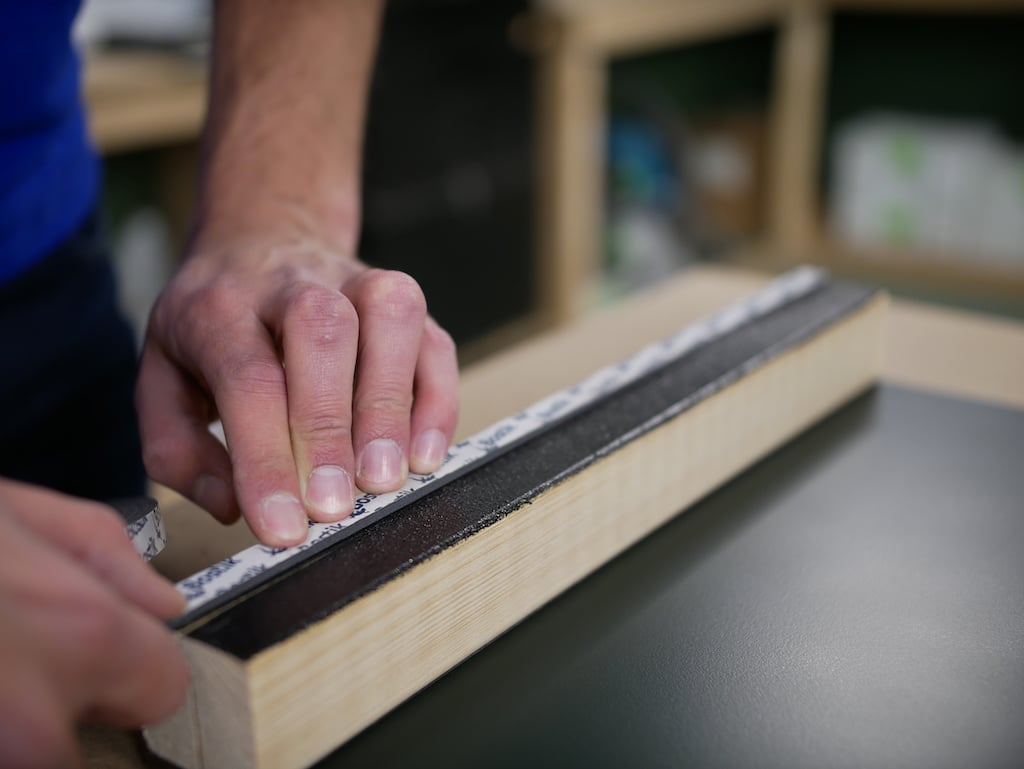
Trespa® adhesive fixing
Fixing Trespa® panels with adhesive is effective only if the substrate has a sufficient contact surface. The adhesive bond then has enough surface to support the relatively heavy panel. Make sure that the panel is supported well over the entire surface. If you don’t do this, Trespa® worktops may warp. The same applies to exterior wall cladding panels: they can buckle in the middle under the influence of wind force.
Tip: Have you attached the Trespa® panels vertically? Always place a screw every 40 cm, even when fixing with adhesive.
Good to know:
For vertical panels fixed with adhesive, Trespa® recommends a maximum panel surface of 2.5 ㎡.
It is best to use Bostik sealant for fixing Trespa®. This adhesive is flexible enough to accommodate small size differences. These can arise because the panel may expand and contract under the influence of temperature differences.
Are you going to attach Trespa® with adhesive? Then we recommend pre-treating the surfaces with Bostik PanelTack plastic primer. This allows the adhesive to adhere more effectively. Whether you’re fixing Trespa® with adhesive or screws, always keep a 10 mm joint around the panel.
Trespa® fixing screws: expansion and fixation point
Fixing Trespa® with screws offers the most robust connection. In our webshop, you’ll find HPL screws that you can also use for Trespa®. We offer the screws in a range of the most popular RAL colours, in the standard size 4.8 mm.
How to fix Trespa® with screws
- When screwing Trespa® panels, keep one screw hole as an attachment point. (It will be your guide for the horizontal and vertical positioning of the panel, and therefore also for the direction of expansion.)
- You’ll find the attachment point in the middle of the panel (with an odd number of helix lines) or halfway along the longest length (with an even number of helices).
- Drill a hole 5 mm in diameter in the attachment point. Keep a diameter of 8 mm for all other screw holes.
- The screw holes now have enough space for the panel to expand. (The cladding panel must therefore be able to expand under the screw head.)
- Do not over-tighten the screws (hand tightening is sufficient).
Drill the screw holes at least 20 mm from the panel edge and a maximum of 10 x the panel thickness. (With a sheet of 6 mm, the maximum distance to the edge is therefore 6 cm.) Rule of thumb is: place a screw every 40 cm.
Requirements for the supporting structure
However you fix the Trespa® panels, make sure that your underlying construction is durable and strong enough. Keep the following criteria in mind:
When choosing wood:
- Choose wood that is smoothly planed, clean, dry, dust and grease-free on all four sides. Suitable types of timber are spruce, pine, meranti, etc.
- The moisture content of the wood must not exceed 18%.
- Wolmanised wood is also suitable. Always take into account other potential processing regulations.
When you choose metal:
- Choose dry, smooth bare steel or aluminium.
- The type of metal must be resistant to corrosion and, after fixing, comply with NEN 6702.
- Enamelled metals are also suitable. Always take into account other potential processing regulations.
Good to know:
- Make sure that the construction has sufficient ventilation vertically (from bottom to top).
- Always maintain a cavity depth of at least 20 mm behind the Trespa® panels.
- If there is insulation behind the cladding, apply vapour-resistant foil over the insulation material.
Further processing instructions:
- Do not pre-treat or apply adhesive if it’s going to rain.
- Do not pre-treat or apply adhesive at a very high relative humidity (> 90%), for example in dense fog. Otherwise, the panels will warp.
- Prevent condensation: The temperature of the adhesive surface of the panels and supporting structure must be 3°C higher than the dew point.
- Processing between + 5°C and + 30°C.
Buy Trespa® online
Are you planning to install Trespa® yourself? In our webshop, you’ll find HPL sheet material from our own brand as well as from the Trespa® brand. Our free thickness guide makes it quick and easy to work out what thickness HPL / Trespa® you need. If you have any questions about fixing Trespa® or any of our products, please don’t hesitate to contact us.

